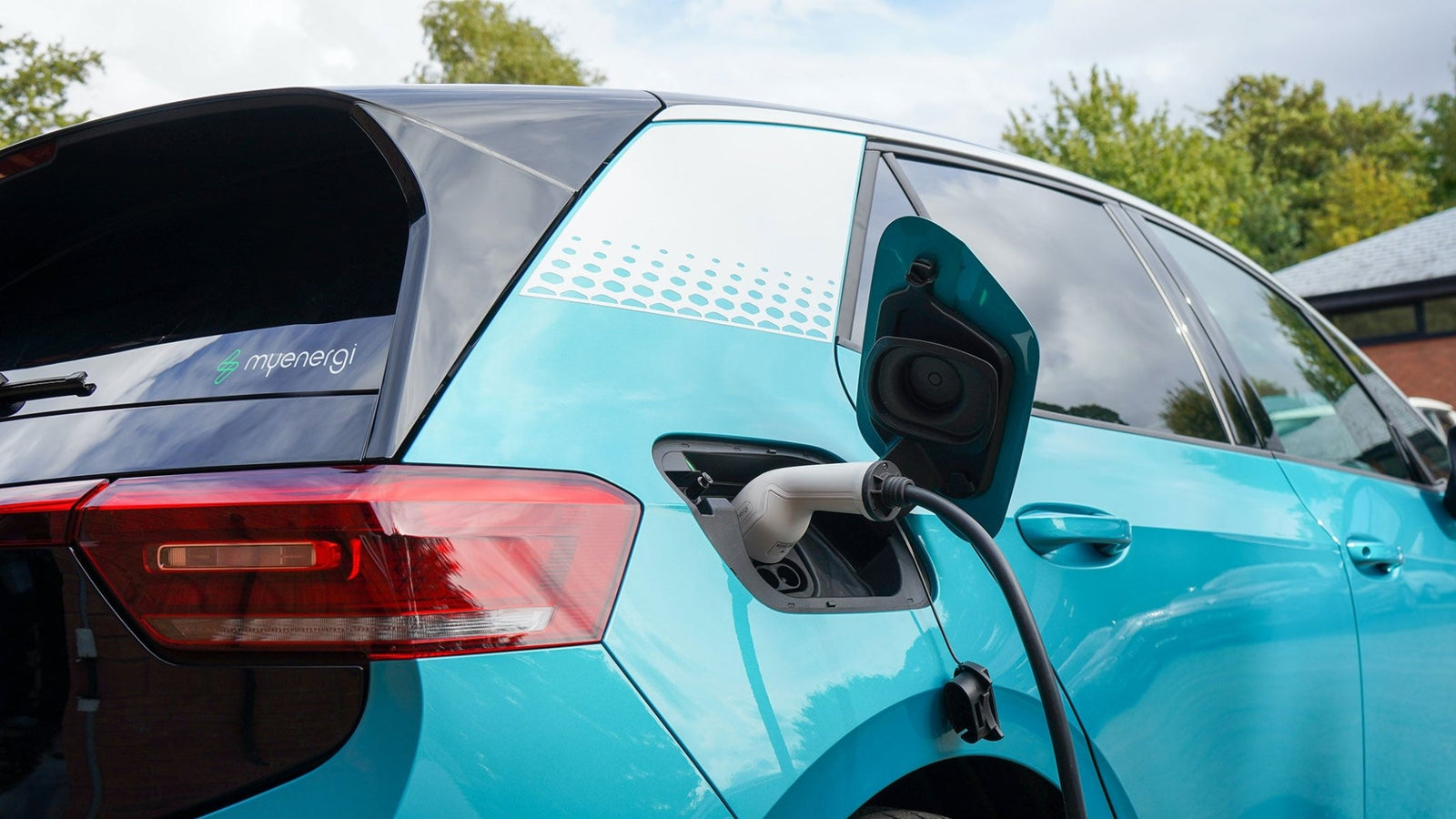Electric Vehicles Becoming a Part of the Caravan Industry

Over the past few months, the Caravan Industry Association of Australia (CIAA) has been at the centre of much policy discussion in Canberra about Electric Vehicles (EV) and their impending roll-out across the country. The familiar line of ‘the weekend killers’ has started in earnest with the naysayers passing it off as a thought bubble and nothing else.
The truth is a change is coming.
Does this mean we will be automatically transported to a scene from the TV show The Jetsons? No. However, the passing of the recent Climate Change Bill sets the scene for upcoming consultation on fuel efficiency standards, a move towards future fuel sources and a low emissions environment.
So, what does this all mean for us, for our industry and for our weekends?
We know the transition to a future fuels environment holds with it plenty of opportunities, both for the accommodation and manufacturing sectors of the industry. It also holds with it challenges associated with infrastructure, suitability of vehicles, cost and access.
We also know that, according to current automotive data published in September by Federal Chamber of Automotive Industries (FCAI), EV sales are up by a record margin of 4.4 per cent with Tesla still leading the way in sales. This represents a big step forward in the Australian EV market, albeit a long way behind the rest of the world in terms of market sales of approx. 95,000 vehicles. The highest selling vehicle in our local market remains the Toyota Hilux.
Australia’s consumer behaviour mirrors that of America, with large 4WD utilities dominating the landscape. Like America, we have a dual-purpose rationale driving our purchasing appetites - business and leisure. Our utes are used as a workhorse during the week towing trailers and carrying tools, while on the weekend they are used for recreation to tow caravans, boats, jet skis and the like – it's part of our identity as an outdoor lifestyle-loving nation.
The most comparable EV leading the way in this space is the Ford F-150 Lightning, a very smooth looking and high-performance machine. With a heralded 4.5 tonne towing capacity and 298 kW of power, it is a serious machine. This is the vehicle currently used as the exemplar for what an EV is capable of in the light/heavy vehicle product segment.
However, the reality is that the Lightening is American through and through, and although our consumer behaviour models that of the US, we are tethered to a different market – Asia. This means that the likelihood of us seeing the F-150 Lightning in an affordable and available version is some time off, if current trends continue, likely mid-2030s.
As an industry, we are focused on a few key factors when considering what the future might look like for future fuels.
Depending on who you talk to, the entire Australian automotive fleet needs to be turned over to be EV. This isn’t likely, nor is it practical. We know the likelihood will see a mix of fuel sources from both EV and hydrogen. Hydrogen is the frontrunner for the heavier industries, although its large-scale commercial supply chain is still largely unproven, meaning it may be relegated to purely a supporting market fuel source.
Then we have the issue of infrastructure. The sheer logistics involved in switching fuel sources is mind-boggling and a veritable rabbit warren of prospects and different options. We know many parks have taken the initiative or are looking to install EV chargers.
To meet potential demand, it will become necessary for parks to look to upgrade their local electricity grid – at a minimum cost of many hundreds of thousands of dollars to the park. Solar could help; however, it still has a low yield even at the height of a Queensland summer. Compact wind generation is also a viable option to help offset the grid capacity, but it won’t fully meet demand if all cabins have EVs charging simultaneously. This leads us to talk about demand management software, which is a whole different topic for a different article.
No matter the solution, it is an answer that everyone needs to contribute to, everyone including government, manufacturers, parks, and the consumer will play a role in shaping how our future looks. The end of the weekend is not in question, however there is no doubt that over time it may look somewhat different than what it does now. In this space CIAA has the challenge of ensuring that any policy discussions and decisions are in harmony with the needs of more than one million Australians who passionately enjoy their caravanning and camping lifestyle.







